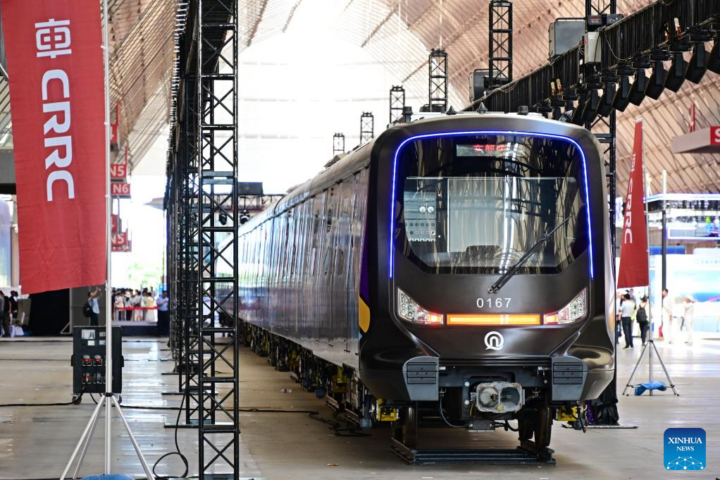China’s Long March 10 series rocket, designed for manned lunar missions and similar tasks, has successfully completed a ground test of its first-stage rocket propulsion system. This test marks the first comprehensive ground test of the Long March 10 series launch vehicle’s system at the subsystem level. It thoroughly verified the compatibility of the first-stage pressurization delivery system with the engine, propellant loading processes, multi-engine parallel thrust transmission, and environmental characteristics.
The Long March 10 rocket is a three-and-a-half-stage rocket developed for manned lunar exploration projects. The rocket has a total length of 92.5 meters, a liftoff weight of approximately 2189 tons, liftoff thrust of around 2678 tons, and a payload capacity to the Earth-Moon transfer orbit of no less than 27 tons. In the future, it will be used for launching new generation manned spacecraft and lunar landers. Additionally, the Long March 10 has been designed with another configuration without boosters, which can be used for transporting astronauts and cargo to space stations.
Similar Post
The propulsion system test is the most comprehensive and complex ground development test in the development of launch vehicles. The Long March 10 series rocket propulsion system test involved simultaneous ignition of three YF-100K engines for the first stage, achieving a ground thrust of 382 tons. This represents the largest-scale propulsion system test in China’s current launch vehicle development process, 1.6 times larger than previous tests.
According to the plan, the Long March 10 series launch vehicle will conduct a second ground test of the first-stage rocket propulsion system in the near future to further verify other operational conditions, laying the foundation for the smooth implementation of manned lunar exploration projects.
The preliminary plan for China‘s manned lunar mission is as follows: Using two carrier rockets to separately send the lunar lander and manned spacecraft to the Earth-Moon transfer orbit. The spacecraft and lander will rendezvous and dock in lunar orbit. Astronauts will then transfer from the spacecraft to the lunar lander. Subsequently, the lunar lander will descend and land in the designated area on the Moon. Astronauts will conduct scientific investigations and sample collection on the lunar surface. Upon completing the mission objectives, astronauts will ascend using the lander to rendezvous and dock with the spacecraft in lunar orbit. They will return to Earth aboard the spacecraft, carrying samples.
















![This image taken from video animation at Beijing Aerospace Control Center (BACC) on June 2, 2024 shows the lander-ascender combination of Chang'e-6 probe landing on the far side of the moon. [Photo/Xinhua]](https://www.karmactive.com/wp-content/uploads/2024/06/spp.jpeg)

